Humanistic Pedagogy supported by FeedbackFruits
Foster student agency, personal growth, and deeper engagement by centering learning around individual experiences, self-reflection, and intrinsic motivation—empowering students to take ownership of their education.

What is humanistic pedagogy?
Humanistic pedagogy is a student-centered approach that emphasizes personal growth, self-directed learning, and meaningful engagement with knowledge. This approach prioritizes intrinsic motivation, autonomy, and emotional well-being in learning environments. Students are encouraged to take ownership of their education, reflect on their progress, and develop a lifelong love of learning.
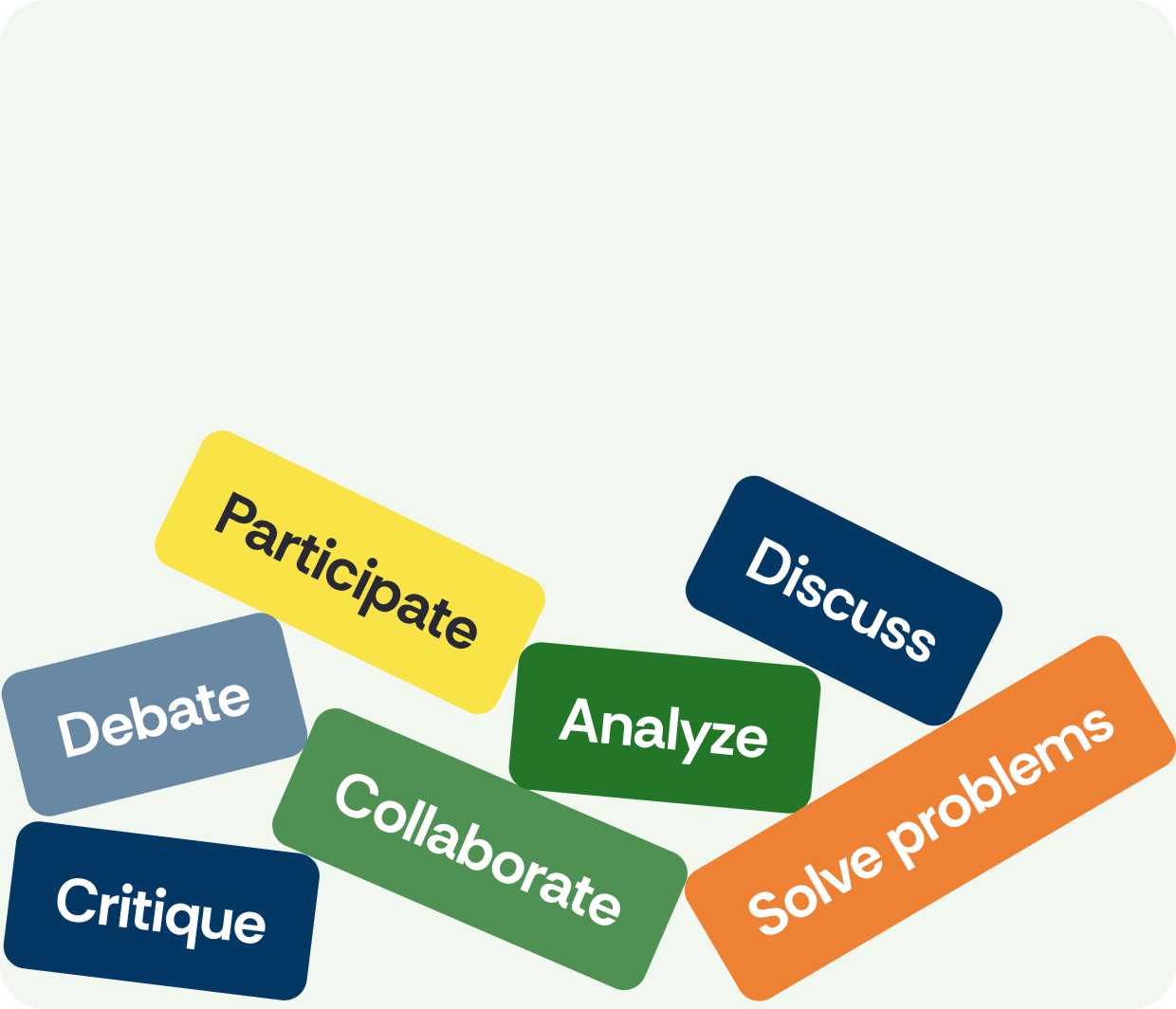
Why humanistic pedagogy?
By fostering intrinsic motivation, self-reflection, and autonomy, humanistic pedagogy encourages students to take ownership of their learning. Research demonstrates that students who engage in self-directed learning and student-centered classrooms develop greater critical thinking skills, long-term retention, and emotional resilience. The studies below highlight the benefits of humanistic approaches in education.
Book a demo31% improvement in student outcomes
A meta-analysis of 119 studies found that learner-centered teacher-student relationships are linked to a 31% improvement in student outcomes, including academic performance and motivation.
15% increase in participation
Boost student participation significantly through implementing humanistic pedagogy, as addressing emotional and psychological needs enhances motivation and language proficiency.
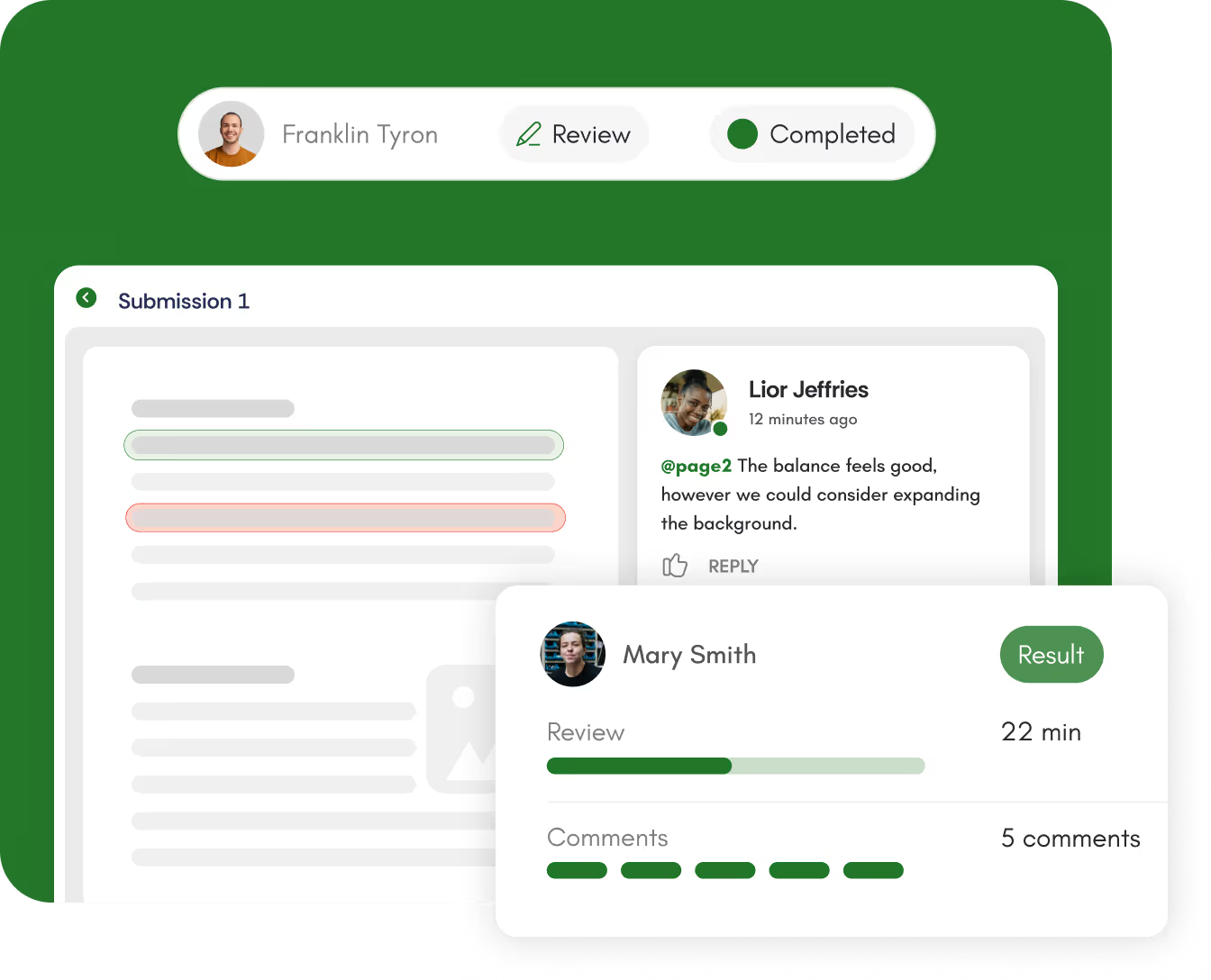
How does FeedbackFruits support humanistic pedagogy?
Humanistic pedagogy thrives in reflective, student-driven environments, where intrinsic motivation and personal growth take center stage. FeedbackFruits supports this by allowing educators to design self-paced, feedback-driven activities that promote autonomy, collaboration, and self-reflection.
With learning activities like Peer Review, students engage in meaningful feedback exchanges, fostering social-emotional development and self-awareness. Interactive Document enables reflective learning, while Discussions provide structured spaces for open-ended, student-led dialogue. By embedding these activities into the LMS, instructors create a more personalized and student-centered learning journey.
With learning activities like Peer Review, students engage in meaningful feedback exchanges, fostering social-emotional development and self-awareness. Interactive Document enables reflective learning, while Discussions provide structured spaces for open-ended, student-led dialogue. By embedding these activities into the LMS, instructors create a more personalized and student-centered learning journey.
Get started with humanistic pedagogy using our pre-made learning templates
These templates—designed by experienced educators—offer proven structures for implementing humanistic pedagogy. Simply select a template, customize it, and launch engaging activities in minutes.
Browse all templatesHumanistic pedagogy, directly within your LMS
FeedbackFruits integrates seamlessly with your Learning Management System, making it simple to incorporate active learning activities into your existing courses. Whether you teach online, hybrid, or face-to-face, FeedbackFruits ensures that activating student participation is just a few clicks away—no additional overhead, no steep learning curve.





Explore our free resources about humanistic pedagogy

How to individualize group project grades in a transparent, reasonable, and responsible way
This blog explores how AI can help scale active learning in three key stages: Designing, Delivering, and Assessing
Read more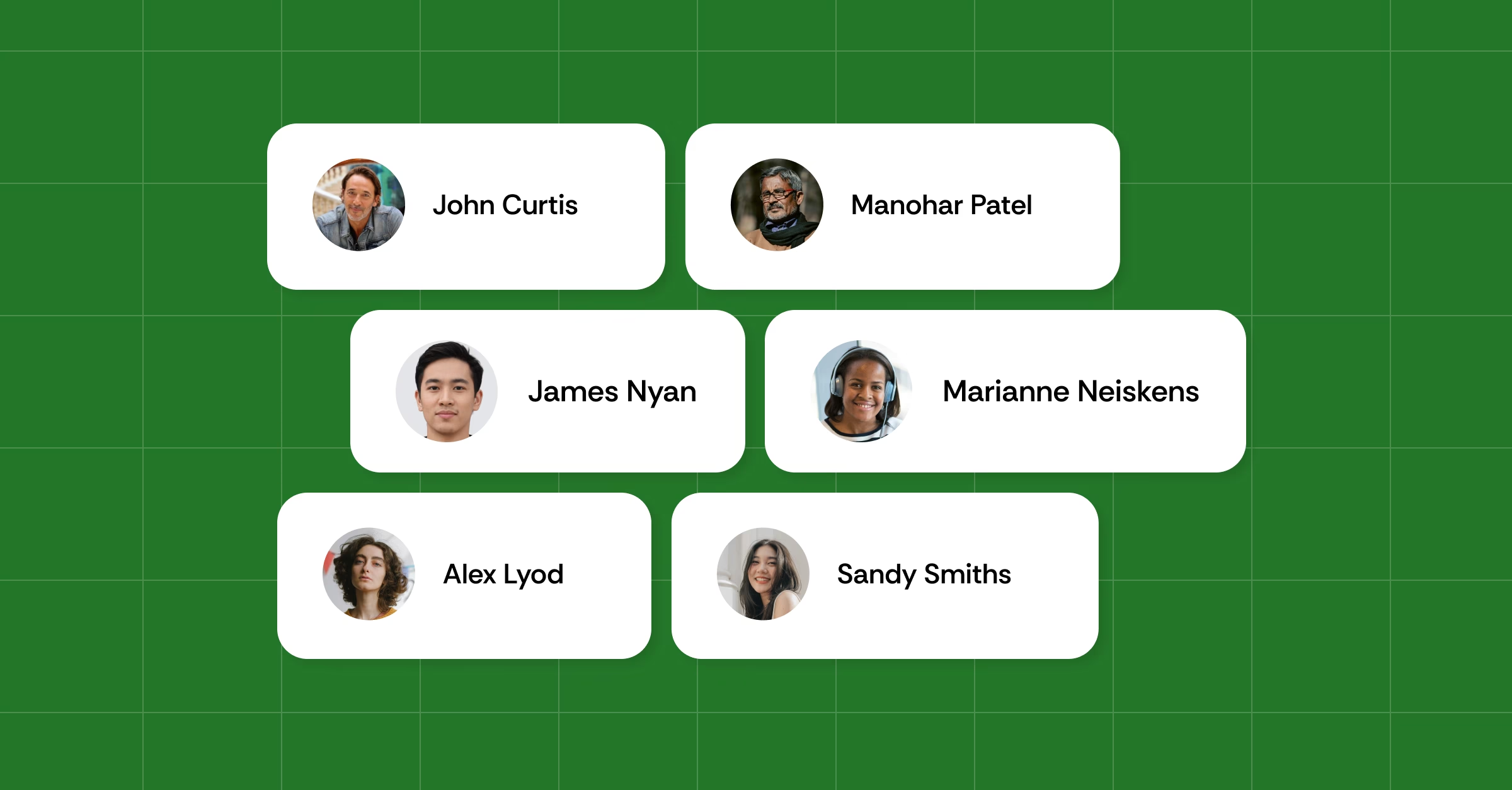
50 inclusive teaching strategies: A comprehensive list
Download our comprehensive ebook to explore insights, practical strategies, and technology suggestions to implement active learning design.
Read more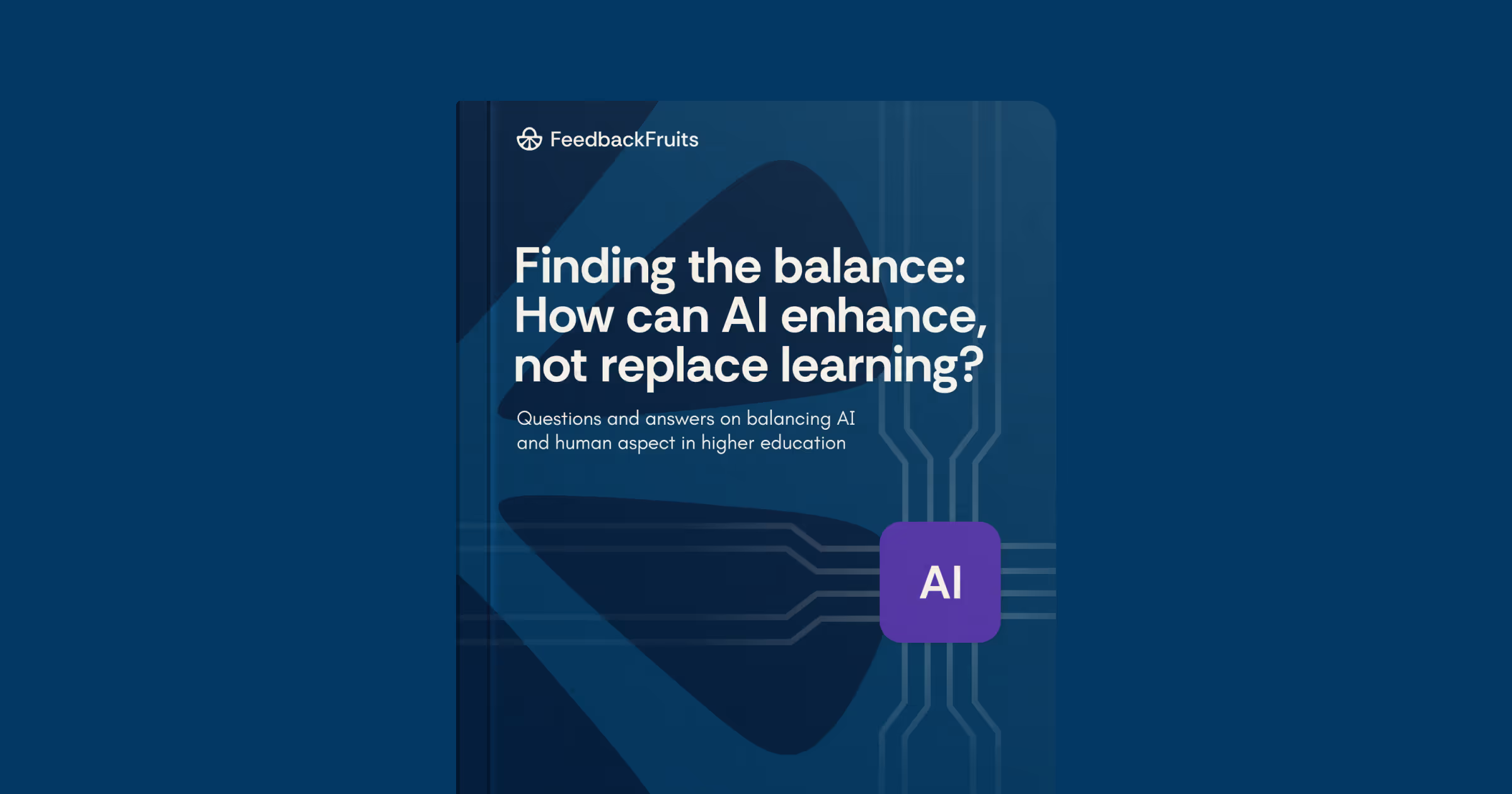
Finding the balance: How can AI enhance, not replace learning?
This use case shares how instructors at John Brown University leveraged active learning and technology to enhance feedback skills and critical thinking.
Read more
A Self-Determination Theory Approach to Learner Motivation
A 7-step journey to cultivate learners’ intrinsic motivation, academic engagement and personal growth.
Read more
Enhancing Learner Autonomy and Growth with Metacognitive Strategies
Read more
Experiential Learning for real-world sustainability solutions
A template to empower students to develop collaboration and feedback skills
Read more
From passive to active: Learning through student inquiry
From passive to active: Learning through student inquiry
Read more
5E Model of Instruction
A template to design activities that encourage engagement, feedback skills, and teamwork
Read more.avif)
Developmental portfolio for lifelong learning
Using developmental portfolio to ensure competency development and student autonomy
Read more
Student-centered syllabus
A framework to create an interactive, inclusive, and student-centered learning experience
Read more.avif)
Self-assessment for learner engagement
A framework to design effective peer and self-assessment that promotes reflective, collaborative, and meaningful learning
Read more.avif)
Gamified peer review
A framework to integrate game design elements into peer review for enhanced engagement and critical thinking
Read more
Self-generated feedback for critical thinking
A 4-step journey to empower critical thinking through comparisons and self-generated feedback
Read more
Social Learning through feedback
A 10-step journey to nurture interactions and collaboration
Read more.avif)
.avif)
Collaborative thesis writing
A 10-step journey to help students write a quality thesis through the use of multi-layer feedback, AI technology, and interactive presentation.
Read more.avif)
Boost student engagement
A learning journey to help create activities that stimulate deeper understanding, meaningful interactions and feedback opportunities
Read more.avif)
Asynchronous discussion
A 4-step journey to foster asynchronous collaboration and problem-solving
Read more.avif)
Multi-layer feedback on collaborative writing
A 4-step journey to promote collaboration and writing skills
Read more.avif)
Stimulate discussions
A learning journey to help create a learning community that stimulates meaningful interactions and dialogues
Read more.avif)
Deepen understanding
A learning journey to stimulate deeper understanding and comprehension of the course content
Read more.avif)
Skills development
Nurture lifelong skills and a growth mindset with a 6-step learning journey
Read more.avif)
Collaborative problem-solving
A 4-step journey to leverage group discussions for developing transferable skills
Read more.avif)
Authentic group project
A 5-step journey to empower students to solve a real-world problem collaboratively
Read more.avif)
ChatGPT and digital literacy
The ChatGPT journey details how to incorporate generative AI tools for digital literacy development
Read more.avif)
Authentic assessment
A 7-step journey detailing how to facilitate a quality authentic assessment activity with technology support.
Read more.avif)
Flipped feedback
The flipped feedback journey outlines how faculties can develop feedback skills with technology support
Read more.avif)
Critical reading
Stimulater deeper understanding and critical reading skills with technological tools
Read more.avif)
AI-assisted writing assignment
Facilitate a quality writing assignment in 4 steps with technology support
Read more.avif)
Regular and substantive interaction (RSI)
A framework to help faculties design courses compliant with the RSI regulations on teacher engagement.
Read more.avif)
Feedback literacy
The feedback literacy journey outlines how faculties can incorporate multi-layer, holistic feedback throughout a writing activity.
Read more.avif)
Writing with ChatGPT
The ChatGPT journey details in 6 steps how to incorporate AI generative tools in writing assignments.
Read more.avif)
Collaborative learning
The collaborative learning journey outlines how faculties can develop activities that nurture collaboration and engagement.
Read more.avif)
Flipped classroom
The flipped learning journey details in 10 steps how to increase engagement and active learning with technological aids.
Read more.avif)
Team-based learning
A 9-step framework on how to optimize the team-based learning process with technology
Read moreSee what FeedbackFruits learning activities can be used to support
humanistic pedagogy
Humanistic pedagogy is hard. FeedbackFruits makes
it easier.
Unlock the full potential of humanistic pedagogy and more with the Learning Design System.
Explore the Learning Design System



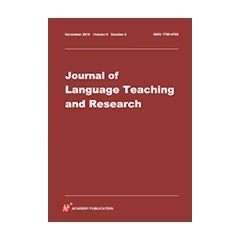
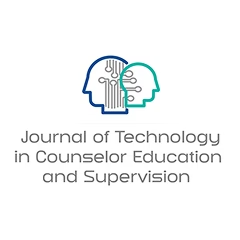









%201.svg)